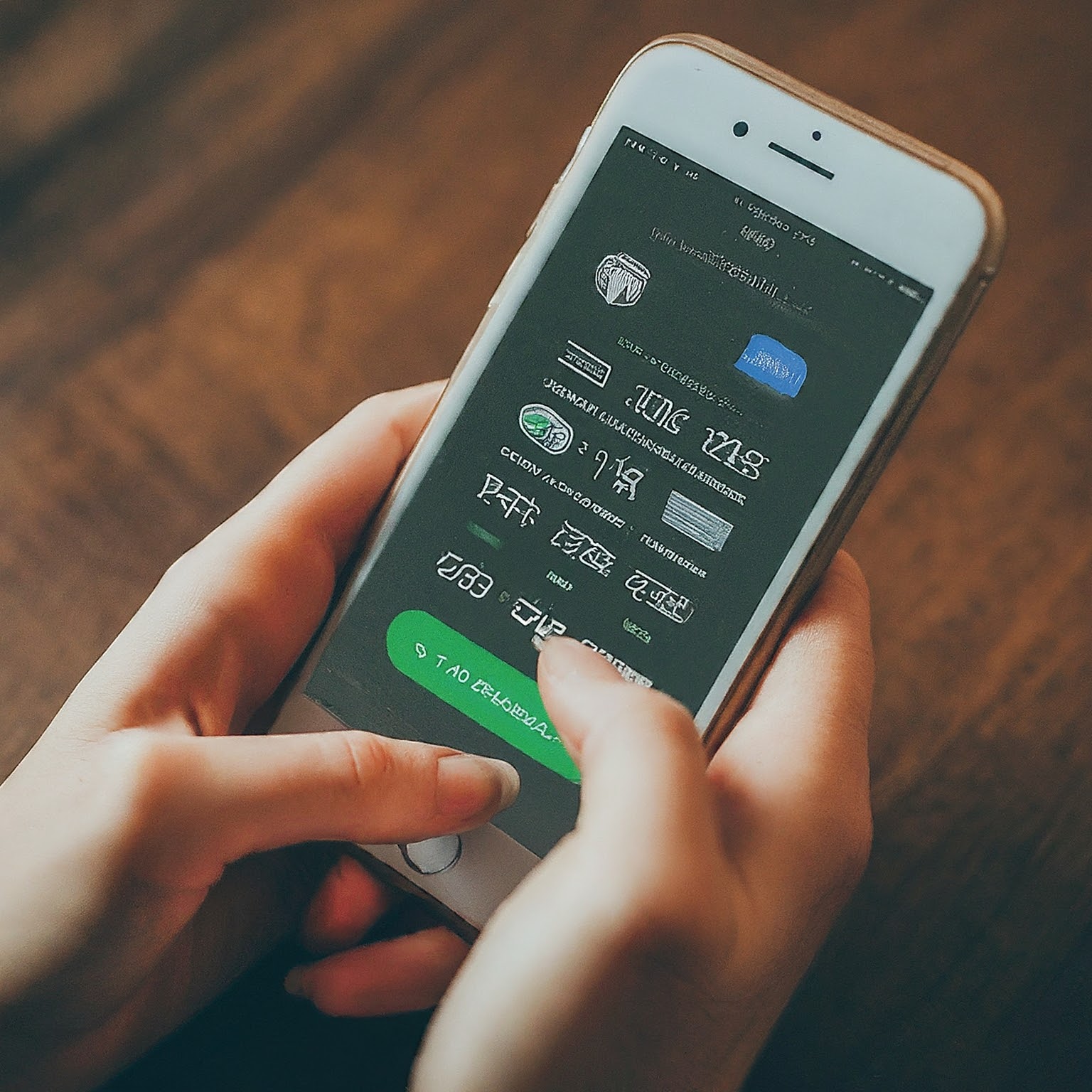Making an international call might seem daunting, but with a clear understanding of the process, it becomes straightforward. The key components of an international call are:
-

how to dial international number Exit code: This is the number you dial to indicate you’re making an international call. It varies by country. For example, in the US, it’s 011.
- Country code: A unique number representing a specific country. For instance, the US country code is 1.
- Area code: Identifies a specific geographic region within a country.
- Local number: The actual phone number of the person you’re calling.
The Standard Format for Dialing an International Number
The general format for dialing an international number is:
Exit code + Country code + Area code + Local number
For example, to call a number in New York City from the UK, you would dial:
- 00 (UK exit code) + 1 (US country code) + 212 (New York area code) + 741-8540 (local number)
Dialing International Numbers from Different Countries
While the basic format remains consistent, the specific exit codes and dialing procedures can vary based on your location.
Dialing from the United States
- Exit code: 011
- Example: To call London, UK, from the US: 011 + 44 + area code + local number
Dialing from the United Kingdom
- Exit code: 00
- Example: To call Sydney, Australia, from the UK: 00 + 61 + area code + local number
Dialing from Canada
- Exit code: 011
- Example: To call Tokyo, Japan, from Canada: 011 + 81 + area code + local number
Note: These are general guidelines. Specific carriers or phone services might have slight variations.
Using the Plus Sign (+)
Many modern phones use the plus sign (+) instead of the exit code. This simplifies the process. The format becomes:
+ Country code + Area code + Local number
For example, to call a number in Spain from anywhere in the world, you would dial:
- +34 + area code + local number
Tips for International Calling
- Check the time difference: Ensure you’re calling at a convenient time for the recipient.
- Consider call costs: International calls can be expensive. Check your phone plan for rates or consider using VoIP services.
- Use calling apps: Apps like Skype, WhatsApp, and FaceTime offer often cheaper or free international calling options.
- Double-check the number: Ensure you have the correct country, area, and local number.
Common Mistakes to Avoid
- Forgetting the exit code: This is a common error.
- Incorrect country code: Using the wrong country code will direct your call to the wrong country.
- Missing area code: In many countries, area codes are essential for completing the call.
- Dialing too fast: Give the system time to process each digit.
International Calling and Mobile Phones
Most modern smartphones automatically insert the plus sign (+) when you start dialing an international number. However, it’s essential to ensure your phone is set to the correct country and carrier for accurate dialing.
International Calling and VoIP Services
VoIP (Voice over Internet Protocol) services like Skype, WhatsApp, and Google Voice often offer cheaper or free international calls. These services typically use a different dialing format, so check their specific instructions.
Finding Country Codes and Area Codes
There are numerous online resources available to help you find country codes and area codes. Many phone directories and travel guides also provide this information.
Conclusion
Understanding the basic components of an international call and following these guidelines will significantly increase your success in connecting with people around the world. With a little practice, you’ll be making international calls with confidence.
لا تعليق